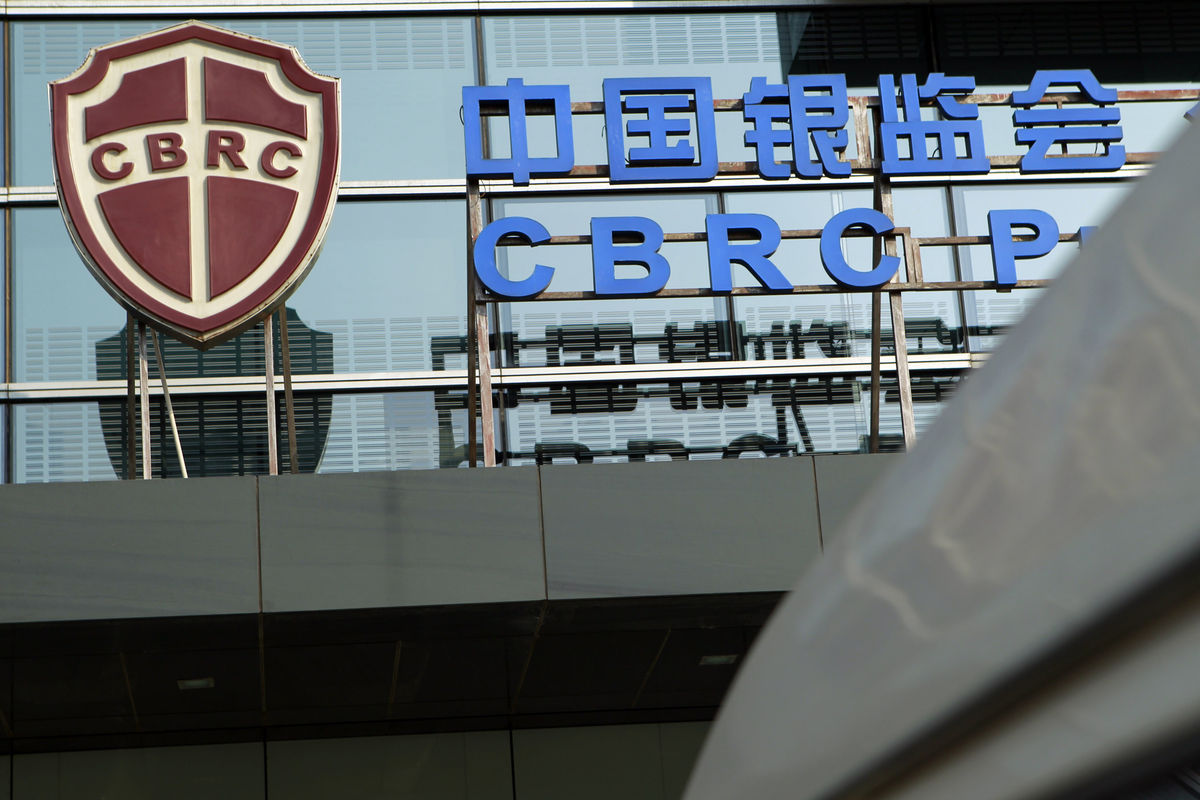An unexpected expansion in Chinese manufacturing has provided cause for renewed optimism in the world’s second largest economy. Last year China saw its slowest economic growth in a quarter of a century.
China’s manufacturing activity unexpectedly expanded in March for the first time in nine months, official figures showed Friday, DW reported.
The official Purchasing Managers’ Index hit 50.2 in March, rising above the 50-point threshold that separates growth from contraction. The PMI tracks manufacturing activity in factories and workshops and investors monitor the index closely as the first official indicator of the country’s economic health each month.
In February, the PMI was 49.0, which marked the seventh consecutive month of contraction.
The news added to hopes that downward pressure on the world’s second largest economy could be easing. Recent industrial profit data showed combined earnings rose 4.8% in the first two months of the year.
Analysts say the improvement could be linked to a rebound in the property market and an increase in construction activity, bolstering demand for building materials such as cement, glass and steel. A recent recovery in global energy and commodity prices may also have boosted profits.
China’s economy grew 6.9% last year, its weakest rate in a quarter of a century. The government is pressing ahead with structural reforms to battle excess capacity.
Moody’s Investor Service cut China’s credit rating outlook last month from “stable” to “negative,” citing rising government debts, a fall in currency reserves and uncertainty about authorities’ capacity to implement reforms.
The death of China’s growth means, by many measures, a drop of gross domestic product improvement to under 6%, well below the government’s roughly 7% forecast.
FX Swap
Companies in China will be allowed to offset their currency swap positions directly with other counterparts on a trial basis, the country’s foreign exchange market operator announced on Friday, in a minor reform to currency trading, Reuters reported.
Only designated market markers for swaps and forwards can conduct the offset trades, the China Foreign Exchange Trading System said in a statement. CFETS is a unit of the Chinese central bank.
The mutual liquidation of swap positions appears to be aimed at allowing banks and other financial institutions to conduct more derivative trades as their current business scale is restricted by official limits.
“The new policy will release some quotas for those companies who can offset their derivative positions with each other,” said a trader at a European bank in Shanghai.
“It will activate derivative trading in the CFETS to some extent, but it won’t have any impact on the yuan’s value.”
CFETS said the new policy would take effect immediately, though the domestic market was officially closed on Friday and will reopen on Tuesday.
Monetary Policy
The policy will be kept “neither too tight nor too loose,” and China will use multiple policy tools to maintain liquidity in the market and realize reasonable credit growth, the People’s Bank of China (PBOC) said in a statement issued after a meeting chaired by its governor, Zhou Xiaochuan, Xinhua reported.
The statement noted mounting risks in the global financial market, concluding that the complexities “should not be underestimated.”
More efforts will be made to increase the share of direct financing, reduce social financing costs, deepen financial reforms and strengthen risk management, the PBOC pledged.
The central bank also vowed to carry out further reforms in interest rate liberalization and the yuan’s exchange rate formation mechanism and ensure the currency’s stability.
To arrest the cooling of the economy, which logged its lowest annual expansion in a quarter of a century at 6.9% in 2015, China has cut benchmark interest rates and the reserve requirement ratio of banks several times since 2014.


